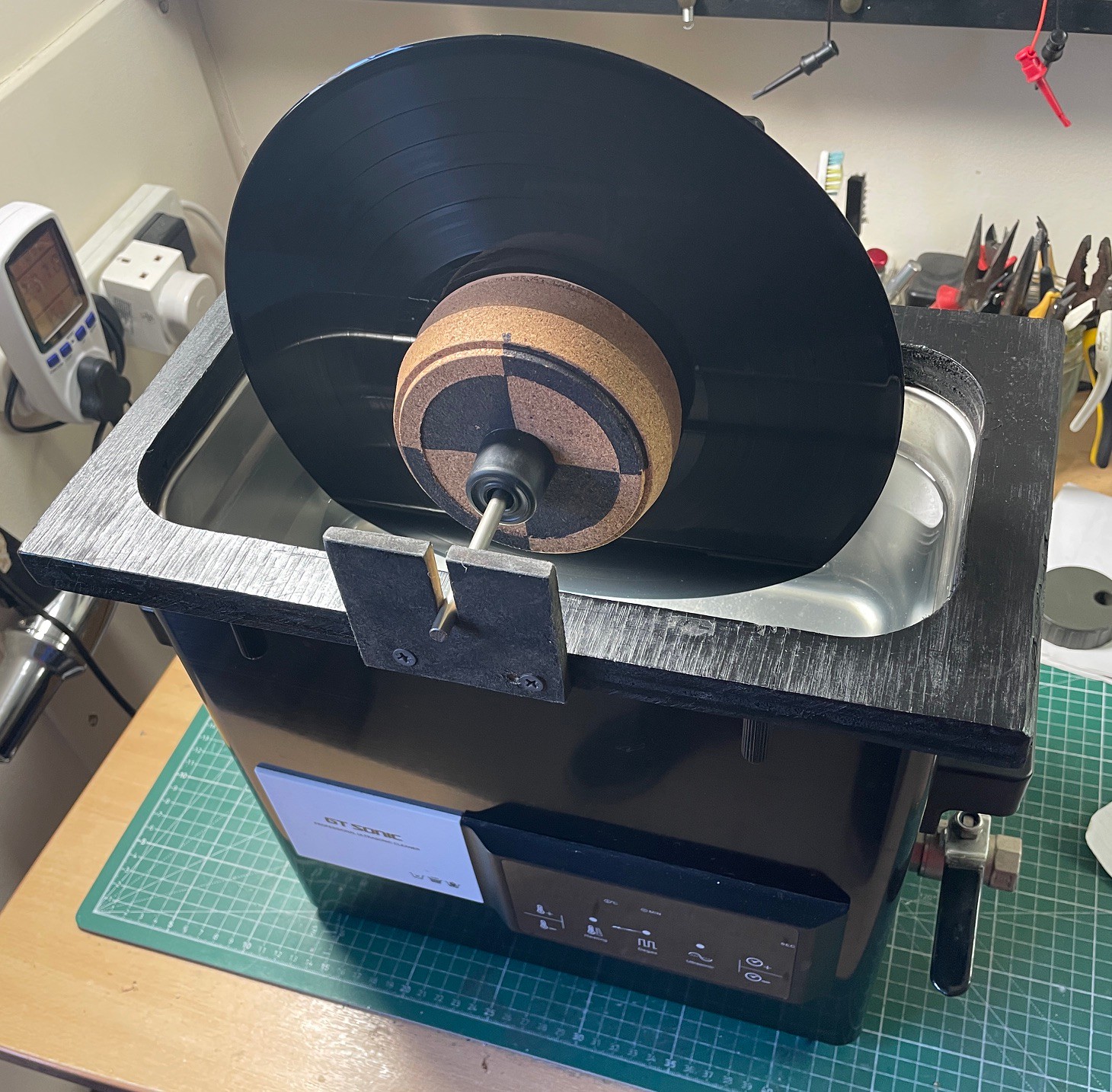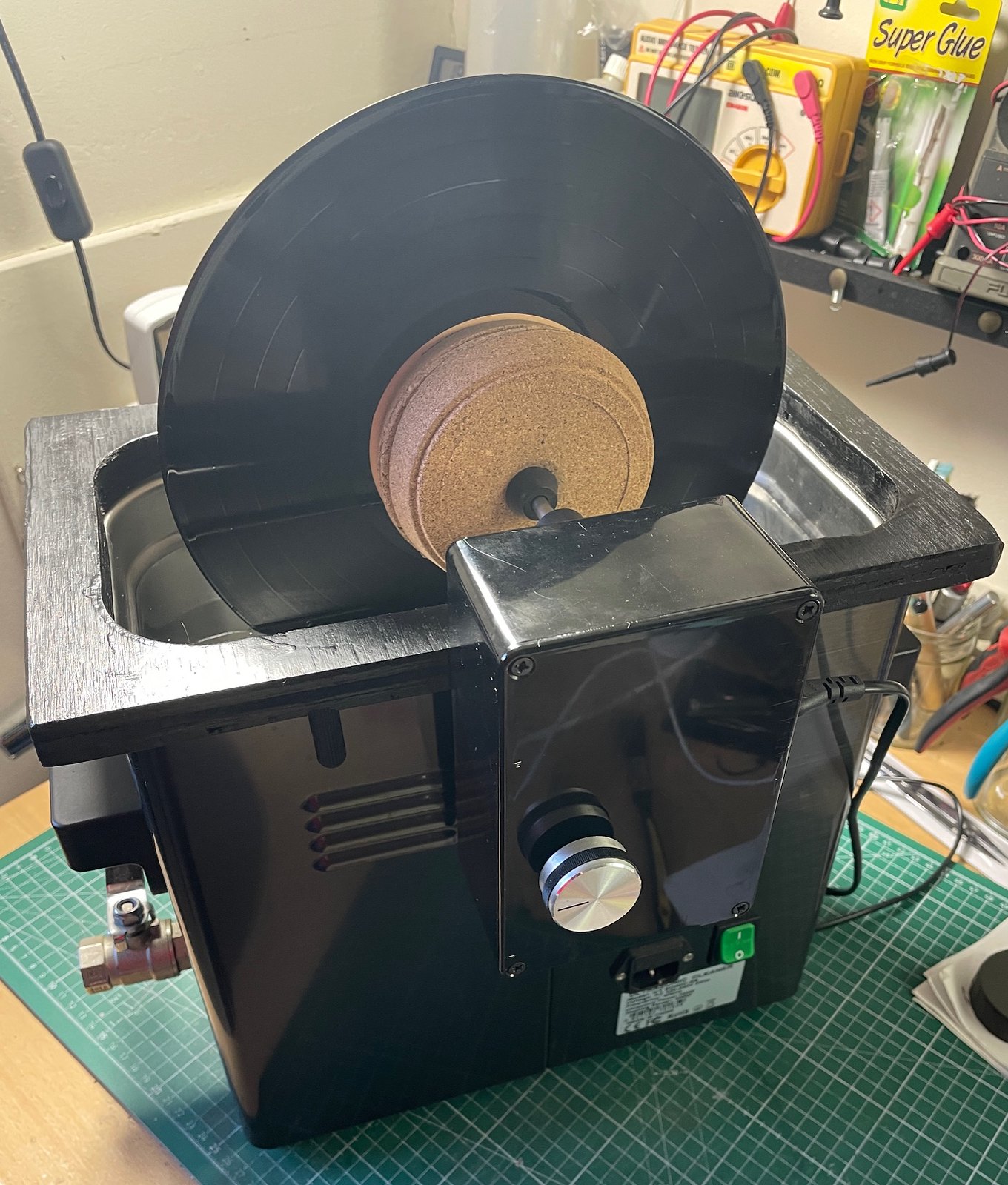Who here claims to be able to hear the residue left behind after using commercial record cleaning fluids with vacuum RCMs?
It seems that a final rinsing with distilled/deionized water is recommended by many but I'd like to keep my cleaning regimen as simple as possible.
I've just been experimenting with the Keith Monks Discovery fluid and am not convinced that it is inaudible (and that's after cleaning on a KM Prodigy RCM). It sounds to me as if high frequency energy is reduced a little, the sound becoming a little less airy.
It's early days, though, so I'm not absolutely certain, but I did clean the second side of the same (solo piano) LP using Nessie Vinylin and that didn't seem to have the same effect.
It seems that a final rinsing with distilled/deionized water is recommended by many but I'd like to keep my cleaning regimen as simple as possible.
I've just been experimenting with the Keith Monks Discovery fluid and am not convinced that it is inaudible (and that's after cleaning on a KM Prodigy RCM). It sounds to me as if high frequency energy is reduced a little, the sound becoming a little less airy.
It's early days, though, so I'm not absolutely certain, but I did clean the second side of the same (solo piano) LP using Nessie Vinylin and that didn't seem to have the same effect.



